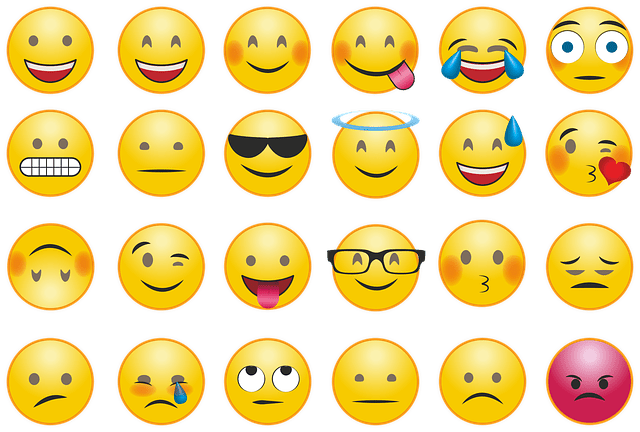It’s almost Easter – and that means bunny and flower emojis sprinkled everywhere.
It may seem like a no-brainer to include them in your latest email campaign, but it’s not always appropriate. And, with emojis appearing in so many subject lines, your decorated email could be less likely to get noticed.
According to the latest stats from Appboy, emojis appeared in 777 percent more marketing campaigns year-over-year, as of March 2017. Email was a late bloomer for emoji use but has taken off in recent months with an over 7,100 percent increase compared to last year.
Retailers have grown their emoji usage the most and it peaked during the December holiday season—which means a rain of bunnies is likely this week. Food and beverage purveyors, as well as gaming companies are also increasing the use of emoji, Appboy noted.
It may seem like emojis are ubiquitous in email marketing, but a recent analysis by IBM’s THINK Marketing found that less than 2 percent of marketers use them in email subject lines. And, counter-intuitively, technology marketers were the most enthusiastic users, followed by food brands.
Because of this, THINK puts the use of emoji in subject lines in the “early adopter” category.
To emoji, or not to emoji?
According to reports, while Millennials seem to love emojis, there are still some consumers—especially older generations– who think these characters are dumb or inappropriate coming from a business.
You should also keep an eye on your open and response rates. An emoji in the subject line may catch attention. However, if your recipient’s email is cluttered with them, it could have the reverse effect.
Best practice: Do multivariate testing and segment your list according to who responds well to emoji.

Emojis as words
There are a couple caveats to using emoji in your email marketing. First, not every email client will render them. Depending on the operating system your customer uses, an emoji may show up in color instead of black-and-white, or it may look like a blank box or weird character. Therefore, it’s better to use one to spice up your subject line but not as a replacement for a word within it.
Second, one emoji may not mean the same thing to everyone. The same emoji can render differently by different operating systems, according to GroupLens, a research lab at the University of Minnesota. Moreover, researcher Hannah Miller found that people’s reactions differed even when they were looking at the same image, with some people interpreting what was supposed to be a grinning face negatively.
Best practice: Stick to a few of the most obvious emojis, like the shining sun, lightning bolt, and, yes, flowers. Avoid faces and body parts.
Every customer is different, and that’s why we recommend segmenting your lists and constantly tracking response rates. Emojis are fun and attractive, but only you will know if and when they work for your campaigns.

